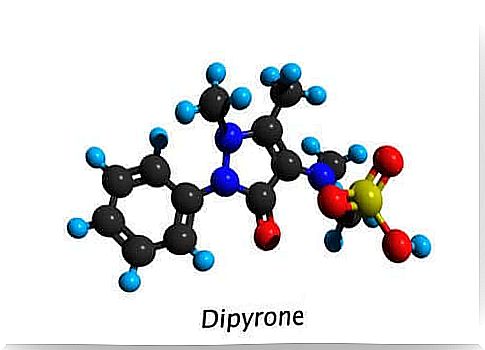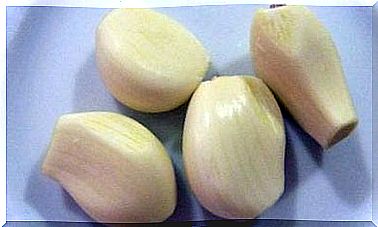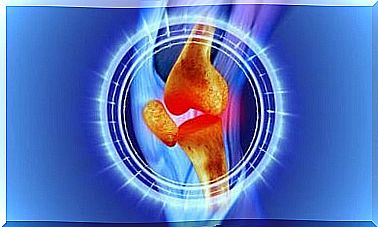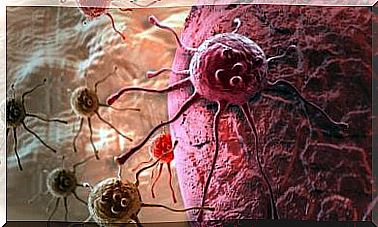Characteristics And Uses Of The Drug Novalgin

Novalgin is a medicine made up of metamizole or dipyrone. It belongs to the pyrazolone group and has analgesic and antipyretic effects. Novalgin also has anti-inflammatory and spasmolytic properties, but they are weaker. In this article, you will discover the main features and uses of Novalgin.
How does Novalgin work?

Like all other medicines in its group, dipyrone or metamizole work by inhibiting the action of cyclooxygenase. Therefore, Novalgin inhibits prostaglandin synthesis due to its antipyretic and pain relieving properties.
Despite this, and although its metabolites are also active and inhibit prostaglandin synthesis, the anti-inflammatory activity of Novalgin is not elevated. Moreover, metamizole relaxes and reduces the activity of the smooth gastrointestinal and uterine muscles. Dipiron or metamizole can be administered orally, intramuscularly or intravenously.
The liver rapidly metabolizes Novalgin. There, the drug turns into active metabolites that are excreted in the urine.
Uses of the drug Novalgin
Novalgin is used to treat moderate to severe post-traumatic or postoperative pain and spasms. Doctors also prescribe it in cases of high fever that does not respond to other measures or antipyretic drugs.
Doses and contraindications

The dose depends on the desired analgesic effect and the particular situation of the patient. In general, in adults, the usual oral dose is between 8 and 16 mg / kg body weight.
Parenteral administration of Novalgin is associated with an increased risk of anaphylactic reactions. To treat fever in children, doctors may prescribe a dose of 10 mg / kg body weight.
The effects of relieving pain and reducing fever are manifested 30 to 60 minutes after administration. Physicians should carefully monitor parenteral doses over 1 g due to the risk of hypotension.
Experts also recommend diabetics take tablets or drops instead of syrup. In addition, patients with renal or hepatic impairment should avoid taking higher doses.
Regarding contraindications, Novalgin should not be used in the following situations:
Novalgin: side effects
- Agranulocytosis. Although not very common, it is a severe and sometimes irreversible reaction. Even if its origin is not fully known, this is an immune reaction.
- Shock. Shock is another severe hypersensitivity reaction. Its symptoms are itching, cold sweats, drowsiness, nausea, shortness of breath and discoloration of the skin.
Recommendations for doctors

Conclusion
Before prescribing Novalgin, physicians should review the patient’s detailed medical history. In addition, they should avoid prescribing Novalgin to patients with a history of hypersensitivity or haematological reactions to this medicine.
We hope that this article about the main features and uses of Novalgin has been helpful to you!









